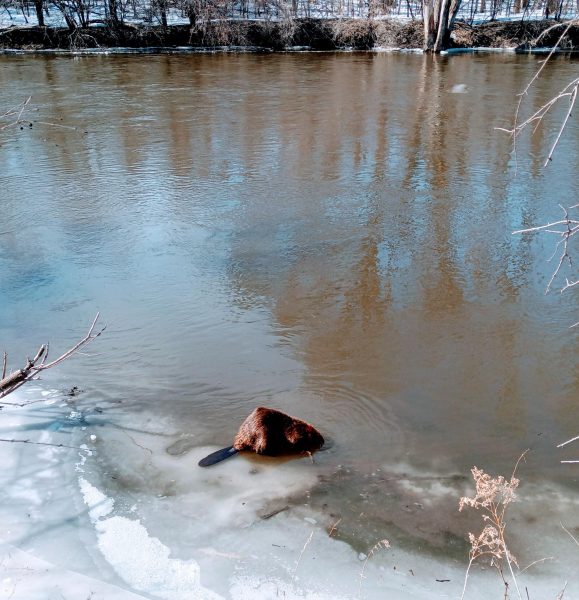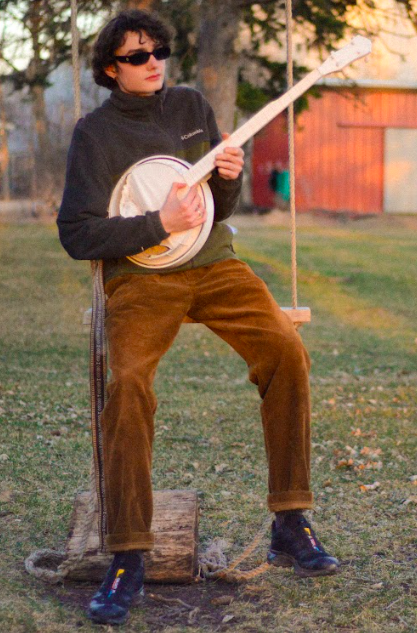Those who were on campus last year might remember beavers swimming in the Lyman Lakes and building dams on Spring Creek — but where have they been this year? Last June, Minnesota was deluged with record rainfall which flooded Spring Creek and the Cannon River and washed away the poor rodents’ dams. But never fear, signs of beaver chewing have been spotted along the Cannon in the lower arb, so they haven’t gone too far.
Beavers (Castor canadensis) have been observed along the Cannon River for many years but are usually quite nomadic, moving up and down the river to find food. The beavers we see are probably young pairs who have been kicked out of better habitats up or downstream
. While the Cannon is a bit too large for them to dam, they will certainly build burrows into the riverbanks and chop down trees along the banks. Beavers typically harvest trees primarily to eat the nutritious underbark, but also to wear down their ever-growing teeth and get material for construction. In the past when spring creek was much swampier they probably would have thrived, but even with the lakes in the way and Bell Field dry they sometimes move in.
The most recent activity has been spotted along the Cannon near Turtle Pond but they don’t hibernate and will be busy all winter. Living with beavers around isn’t always easy, but as a natural area the arboretum usually lets the beavers play their ecosystem engineer role undisturbed. However, particularly when the beavers were making their homes along Spring Creek last year, the Arb crew worked on planting quick growing and beaver-friendly species like willow and aspen trees along the water, and placing cages around trees we want to protect. Next time beavers decide to move in along the Arboretum’s waterways, we’ll be a bit better prepared to live with them for a while.












